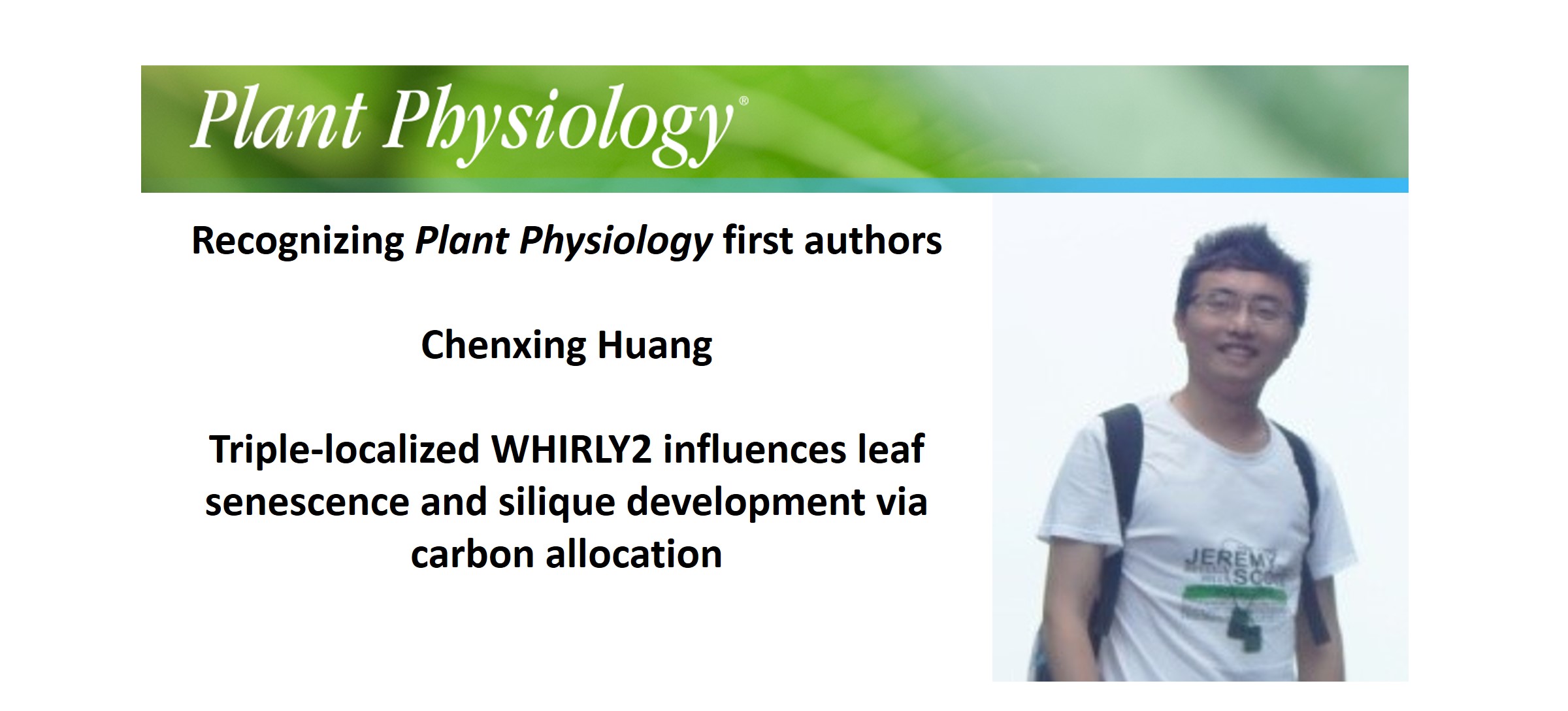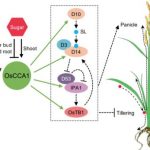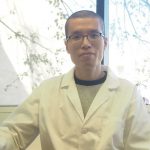Recognizing Plant Physiology authors: Chenxing Huang
 Chenxing Huang, first author of Triple-localized WHIRLY2 influences leaf senescence and silique development via carbon allocation
Chenxing Huang, first author of Triple-localized WHIRLY2 influences leaf senescence and silique development via carbon allocation
Current Position: Fujian Agriculture and Forestry University, College of Life Science, Technician
Education: 2013.09-2016.07, Fujian Agriculture and Forestry University, Master of Cytology, Supervisor: Prof. Ying Miao
Non-scientific Interests: running, travelling, music, reading
Brief bio: My master degree is obtained in College of Life Sciences of Fujian Agriculture and Forestry University under Professor Ying Miao advice, focusing on the mechanism of WHIRLY2 protein in Arabidopsis thaliana leaf senescence. In this study, we found that WHY2 was triple-localized among the mitochondria, plastids, and the nucleus during Arabidopsis aging. Overexpressing WHY2 increased starch granule numbers in chloroplasts of pericarp cells, showing a partially dry, yellowing silique and early senescence leaves. Accordingly, WHY2 protein could directly activate the expression of the JMT and SAG29 (SWEET15) gene expression and repress SWEET11 gene expression in the nucleus, leading to alteration of starch accumulation and transport in pericarp cells. In contrast, loss of WHY2 decreased starch and sugar content in pericarp cells but promoted starch accumulation in leaves and seeds. These phenotypes of WHY2-overexpressing plants were enhanced in response to MeJA. Our results suggest that WHY2 in plastids, mitochondria, and the nucleus plays a vital role in alteration of carbon reallocation from maternal tissue to filial tissue. Later, we will illustrate a detail function of WHY2 in plastid and how it shifts between mitochondrion, chloroplast, and the nucleus during plant development.
姓名:黄晨星
现在职位:福建农林大学生命科学学院,实验师
教育经历:2013.09至2016.07,福建农林大学生命科学学院硕士,导师:缪颖教授
兴趣爱好:跑步,旅行,音乐,阅读
个人简介:
本人硕士期间就读于福建农林大学生命科学学院,师从缪颖教授。主要研究了WHIRLY2蛋白在拟南芥叶片衰老中的作用机制。在本研究中,我们发现在拟南芥衰老过程中,WHIRLY2在线粒体、质体和细胞核中具有三重定位。过表达WHIRLY2增加了果皮细胞叶绿体中淀粉颗粒的数量,呈现出部分干燥、变黄的角果和早期衰老的叶片。WHIRLY2蛋白可直接激活细胞核内茉莉酸甲基转移酶JMT和蔗糖转运蛋白SAG29 (SWEET15)基因的表达,抑制蔗糖转运蛋白SWEET11基因的表达,导致淀粉在果皮细胞内的积累和转运发生改变。相反,WHIRLY2的缺失降低了果皮细胞中淀粉和糖的含量,但促进了淀粉在叶片和种子中的积累。WHIRLY2过表达植株的这些表型在MeJA的响应下得到了增强。我们的结果揭示了定位在质体、线粒体和细胞核中的WHIRLY2在植物细胞衰老过程将碳源从营养组织向生殖组织的转运中起着重要的作用。下一步,我们将详细解析WHIRLY2在质体中的功能,以及在植物发育过程中,WHIRLY2是如何在线粒体、叶绿体和细胞核之间位移的。



